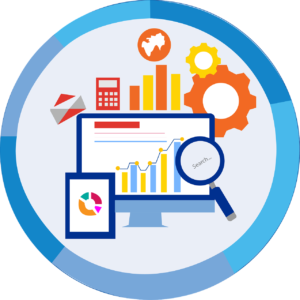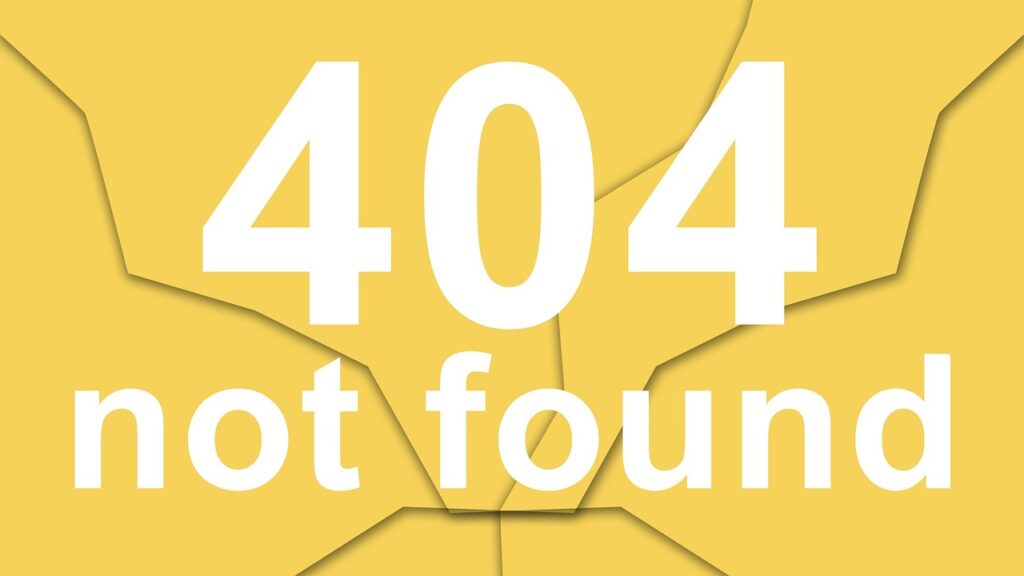
What is Indexing in SEO: An In-Depth Guide
Table of Contents
ToggleWhat is SEO and Its Types
Before wrapping up, let’s briefly explain what is seo. SEO stands for Search Engine Optimization, a set of strategies to improve your website’s visibility. There are various types of seo, including:
- On-Page SEO: Focuses on content and keywords.
- Off-Page SEO: Involves link building and social signals.
- Technical SEO: Optimizes the backend structure of your website.
These categories work together to improve the what is traffic index in seo, ultimately driving more visitors to your site.
Understanding what is indexing in SEO is crucial for your website’s success. This guide explains the topic in simple yet professional language. It uses clear headings, bullet points, and lists to ensure a smooth reading experience. Additionally, it contains power words like unleash to energize your strategy.
What is indexing in SEO?
What is indexing in seo? In simple terms, indexing is the process by which search engines like Google collect, analyze, and store website information. This stored data helps search engines return relevant results when users search for topics.
- Purpose: Indexing ensures your content is discoverable.
- Process: It involves adding your website pages to the search engine database.
- Importance: Without indexing, your site might not appear in search results.
Every day, search engines refine their Google index to provide better results. Thus, understanding this process is a must.
How Search Engines Work: Crawling vs. Indexing
To grasp what is indexing in seo, you must also understand how search engines work. Here are the two main stages:
seo, you must also understand how search engines work. Here are the two main stages:
What is Crawling?
What is crawling? Crawling is the first step, where search engines use bots or Google Crawler to navigate the web. These bots find and follow links from one page to another.
- Crawler SEO: The bots scan your site’s content.
- How do search engines work?: They identify keywords, meta tags, and page structure.
- What is the difference between crawling and indexing in SEO? : Crawling gathers data, while indexing organizes and stores it.
From Crawling to Indexing
After crawling, the data is processed and stored in a Google index. This index is a massive database that includes details about each page, such as its keywords and relevance.
- How to index your website on Google: Submit your sitemap via Google Search Console.
- Index website: Ensure your site is accessible to bots.
- How to index you site and pages: Use clear navigation and internal linking.
By understanding these steps, you can optimize your site to be both crawlable and indexable.
Benefits of Proper Indexing
Proper indexing is not just about being found; it also impacts your ranking and traffic. Here are some clear benefits:
- Increased Visibility: When your pages are indexed, they appear in search results.
- Improved Ranking: Optimized indexing can boost your rankings and help you outrank competitors.
- Higher Traffic: The more effectively your site is indexed, the more organic traffic you receive.
- Enhanced User Experience: Well-indexed content ensures that users find what they need quickly.
These points demonstrate how does it help you to rank and improve overall SEO performance.
Advanced Indexing Concepts
Understanding advanced topics can further optimize your website. Here are some key concepts:
What is Latent Semantic Indexing in SEO?
- Definition: This is a method used to understand the context and relevance of words on your pages.
- Usage: It helps search engines find related content.
- Benefit: Enhances content relevance and improves your rankings.
Handling Indexing Bugs and Errors in SEO

When working on search engine optimization, one of the most frustrating issues you might encounter is indexing errors. These occur when search engines like Google fail to properly index your web pages, meaning your content won’t show up in search results—even if it’s high quality.
Understanding how to detect and resolve indexing bugs is crucial if you want your website to remain visible and competitive online.
What Are Indexing Bugs?
Indexing bugs are technical or content-related issues that prevent a web page from being added to a search engine’s index. When a page isn’t indexed, it essentially becomes invisible to users searching for related keywords. This can lead to lost traffic, missed leads, and lower rankings.
How to Detect Indexing Issues
1. Use Google Search Console (GSC)
Google Search Console is your best friend when it comes to identifying indexing problems. It shows you which pages are indexed, which are not, and why certain pages might be excluded.
Common Errors Detected in GSC:
- Crawled – currently not indexed
- Discovered – currently not indexed
- Duplicate without user-selected canonical
- Page with redirect
💡 Tip: Always check the “Coverage” report and inspect specific URLs to see why they aren’t being indexed.
Common Causes of Indexing Errors
1. Broken Internal Links
When a page links to non-existent or incorrect URLs, it causes crawl errors, making it difficult for bots to navigate your site.
2. Duplicate Content
Search engines may skip indexing pages that seem too similar to others on your site. Always offer unique value on each page.
3. Slow Site Speed
Pages that take too long to load may be skipped during crawling. Use tools like PageSpeed Insights to optimize performance.
4. Blocked by Robots.txt or Noindex Tag
Sometimes, developers unintentionally block important pages from being indexed. Make sure vital pages are not restricted in your robots.txt file or <meta> tags.
Advanced Indexing Techniques in SEO
Beyond fixing basic errors, here are some advanced tactics to improve your site’s indexing health:
to improve your site’s indexing health:
1. Crawl Google Search Results (SERPs)
By analyzing what types of pages and content Google chooses to index for your target keywords, you can adjust your own content strategy accordingly.
✅ Example: Search for your target keyword and review the top 10 pages. What kind of content is indexed? Blog posts? Product pages? Videos? Match and improve upon that format.
2. Regular Keyword Crawling
Use tools like Screaming Frog or Ahrefs to crawl your site and ensure each page is targeting the right keywords. Keyword relevance helps search engines determine what a page is about—and whether it’s worth indexing.
✅ Example: If your page is about “Affordable SEO Services,” make sure that phrase appears in the title, URL, headings, and body text—naturally and without stuffing.
3. Understand Google’s Index for Specific Niches
Google indexes different types of content in different ways. Consider the following:
- Google Index of Movies: Shows structured data, star ratings, and release dates.
- Google News Index: Prioritizes fresh, high-authority, and frequently updated content.
- Google Images or Video Index: Relies heavily on alt text, filenames, and context.
✅ Example: If you’re publishing tutorials, using structured data (schema markup) like HowTo can help your pages appear as rich snippets in Google’s index.
Tips and Tricks for Better Indexing
Here are some powerful tips and tricks to improve your indexing:
- Create a Sitemap: Submit it to Google for faster indexing.
- Optimize Content: Use clear headings with keywords like what is indexing in seo.
- Improve Site Speed: A faster site gets crawled more efficiently.
- Ensure Mobile-Friendliness: Google prioritizes mobile-friendly sites.
- Regularly Update Content: Fresh content encourages search engine crawlers to visit more frequently.
Each bullet point above provides a simple step to enhance your SEO strategy.
Conclusion
To sum up, this guide answers what is indexing in seo comprehensively. We explained crawling, indexing, and advanced strategies that ensure your site is visible to search engines. By following the tips and ensuring proper implementation, you can unleash the full potential of your website.
Feel free to explore more on our website and let our expert tips help you dominate the digital space. Remember, an optimized indexing process is key to a successful SEO strategy.




